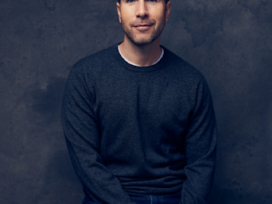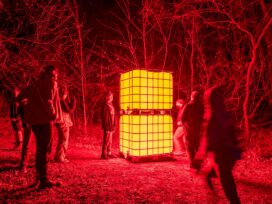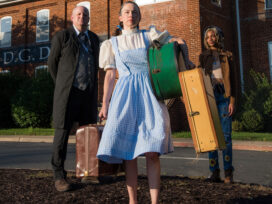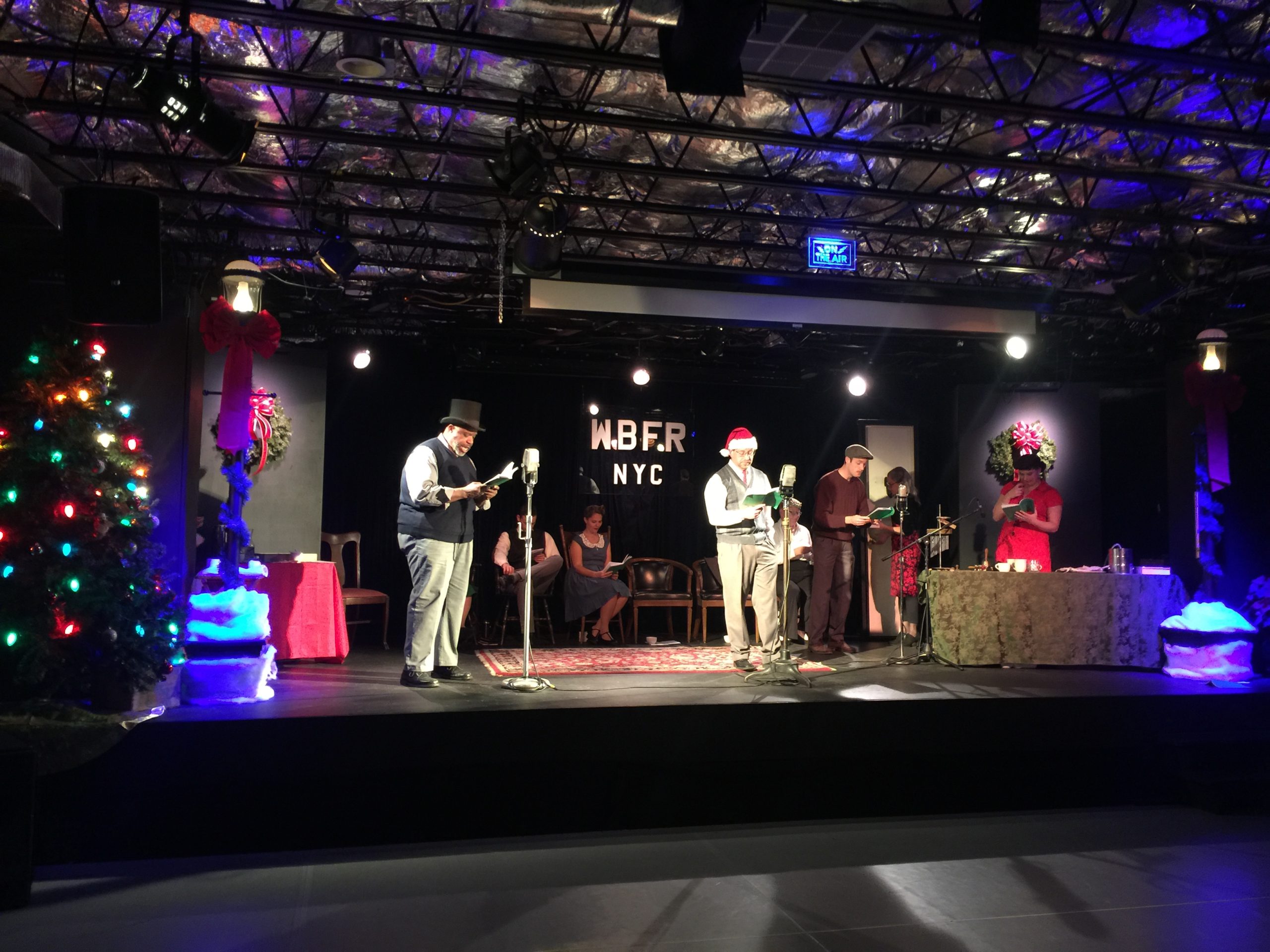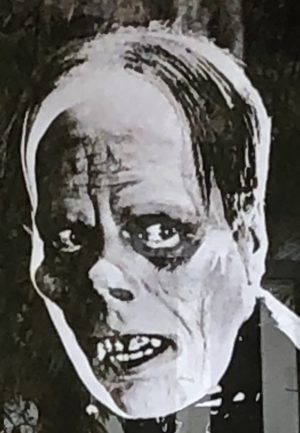
Phantom at the Paramount
In celebration of Halloween, Charlottesville’s Paramount Theater held a screening of an almost 100-year-old film. This film was 1925’s The Phantom of the Opera, a silent horror film adapted from the 1909 novel by the same name.
The screening also featured a live music performance to accompany the silent film. This music was performed by Matthew Marshall, a professor of film at the University of Virginia, who has been composing and performing live music for silent films for over two decades. Alongside Marshall was a band called the Reel Music Trio.
The musicians and their instruments were positioned between the audience and the Paramount’s stage so that the audience could focus fully on the screen if they wanted to but could also glance down to watch the group as they played.
Before the film opened, Marshall gave a brief history lesson on silent films and the role music played in screenings. “For the first thirty years, cinema was like a performance art,” Marshall said. “A lot of the time, movies would be accompanied by live music.” The music Marshall performed for this screening was one of his own compositions, and it gave the movie a sinister and gothic tone in keeping with the story and set design of the film.
The Phantom of the Opera takes place in the Paris Opera House, beneath which the titular Phantom lives. The Phantom is played by the renowned silent actor, Lon Chaney, who had also starred in the 1923’s Hunchback of Notre Dame. The Phantom is a physically disfigured man named Erik, who has hidden away from society for years inside abandoned dungeons and torture chambers beneath the opera house.
Wearing a mask and cloak, the Phantom uses secret passageways to sneak up to the opera house and watch performances anonymously. Throughout the movie, the Phantom uses blackmail and sabotage to elevate the career of Christine Daaé (Mary Philbin) in an attempt to win her love.
After the screening was over, Marshall wrapped things up by talking about specific aspects of the film that are noteworthy for the history of cinema. These include a long scene shot with early color techniques — in contrast to the rest of the movie which was shot in black and white, and parts of the set from the earlier Hunchback of Notre Dame, which appears in the background near the end.
Marshall also drew specific attention to Lon Chaney, who was responsible for his own makeup — which gave the Phantom’s face a corpse-like appearance. Marshall also said of Chaney, “When he was growing up, both his parents were deaf. What an environment to learn silent acting!”


